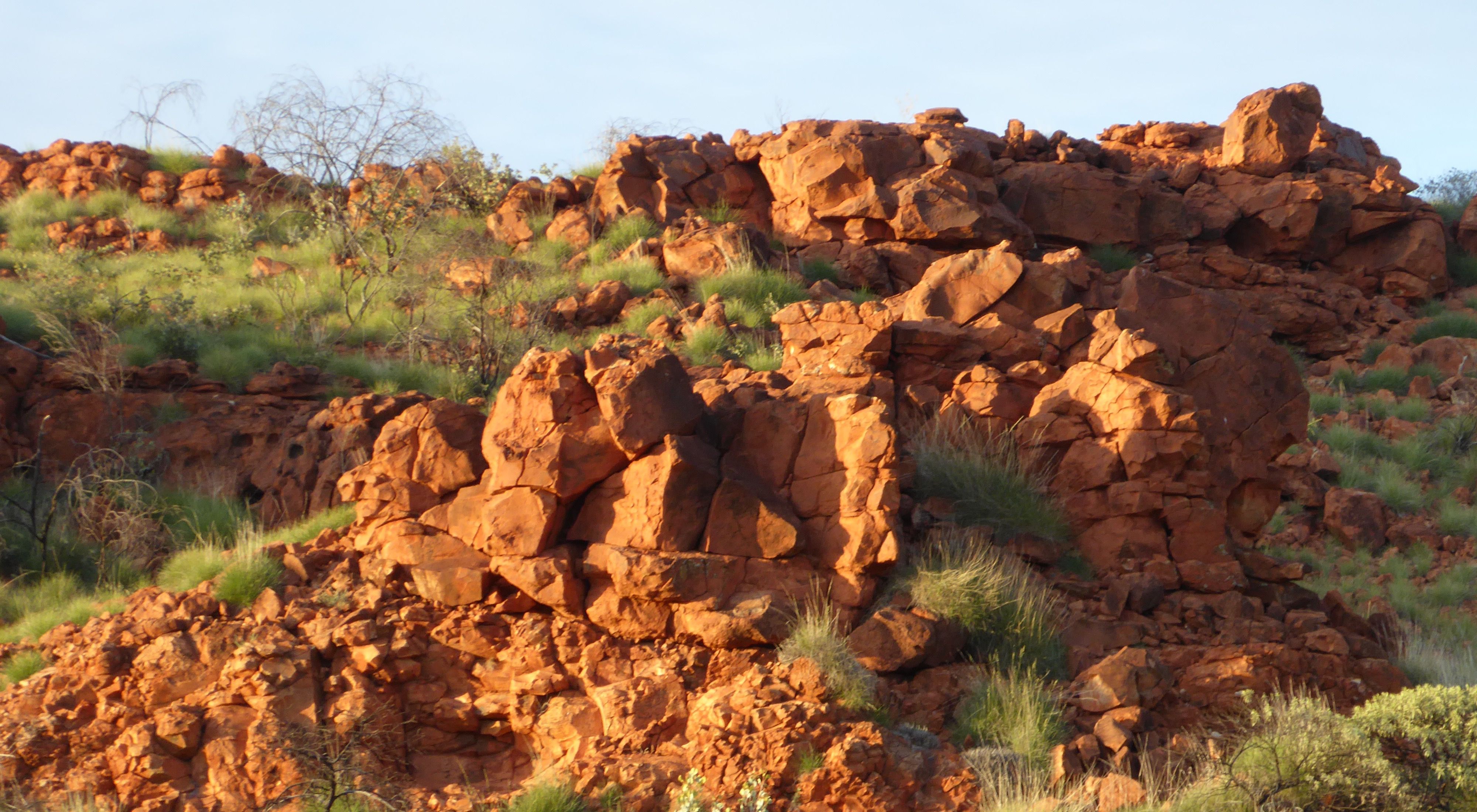Media Contacts
-
Tony Jupp
Associate Director of Communications
The Nature Conservancy Australia
Email: tjupp@tnc.org
Ecologists and conservationists have long recognised that keystone species have major ecological importance disproportionate to their abundance or size. Think dung beetles, fruit doves and oysters — single species that help keep a whole ecosystem in balance.
Now an international group of researchers is exploring the disproportionate ecological importance of small natural features — unique elements in the environment that provide significant ecological and economic impacts.
Features like desert springs, caves, rocky outcrops, riparian zones, small coral heads, tiny islands and big old trees.
These small natural features are often overlooked and relatively vulnerable yet environmentally mighty in their ecosystem. They also are at the opposite end of the spatial scale from the Earth’s large conservation superstars — the Great Barrier Reef, the Serengeti, and Yellowstone.
Small natural features have big ecological roles, according to the 37 researchers from 11 countries writing in a Special Issue of the journal Biological Conservation and co-edited by Dr James Fitzsimons, Director of Conservation at The Nature Conservancy Australia. Sometimes they can provide resources that limit key populations or processes that influence a much larger area. Sometimes they support unusual diversity, abundance or productivity.
They also are small enough to efficiently maintain or restore, while traditional land-use activities continue in close proximity, such as forestry, fishing or grazing.
“Small natural features are an example of what can be termed ‘The Frodo Effect,’” writes Prof Malcolm Hunter of the University of Maine, in the journal’s introduction.
“In the ‘Lord of the Rings,’ the small and unassuming hobbit Frodo has more strength than any of his larger peers and saves Middle Earth with his brave actions,” says Hunter. “Gandalf and the rest of the fellowship of the ring go to great ends to protect him, because they know this.”
The July issue of Biological Conservation includes three synthetic reviews on small natural features and nine case studies. For each of the case studies, the authors explore three fundamental questions: Why are some small natural features far more important for maintaining biodiversity or providing ecosystem services than their size would indicate? What are the management challenges facing these features and what are some innovative approaches to conserving them?
“The importance of some of these small natural features, most notably riparian zones, has long been recognised,” says Fitzsimons. “In other cases, our recognition of their role is just emerging, such as caves that harbour large bat colonies known to effect widespread control of insect pests and rocky outcrops that provide important refuges for unique fauna. We are also learning much more about the ecological significance of ephemeral features like temporary wetlands that are dry much of the time but ‘blossom’ during limited periods.”
“Recognition and management of SNFs (small natural features) can be an efficient way to conserve biodiversity and ecosystem services.”
Most small natural features are defined physically, especially the presence of water or rocks. But some are biological entities. For example, trees large enough to harbour hollows and deep cracks in their bark provide microhabitat for many species that cannot live on smaller trees. This includes some of Australia’s most threatened species, such as Leadbeater’s Possum, Carnaby’s Black-Cockatoo and Swift Parrot.
The size of these natural features provides novel opportunities to conserve them, according to Fitzsimons and his 13 co-authors, including plant and animal biologists, economists and marine scientists, in the journal issue’s overall synthesis focused on conservation.
While small natural features are often underappreciated, undocumented, vulnerable to degradation and risk of destruction, they also can involve small-scale, cost-effective protection and be easier to restore.
“Ultimately, conservation of SNFs should be complementary to traditional forms of conservation by developing creative, constructive efforts that address previously unknown or underappreciated roles of some seemingly minor features — roles that may be critical in the function of their broader ecosystems and the fate of biodiversity,” the researchers write.
The Nature Conservancy is a global conservation organisation dedicated to conserving the lands and waters on which all life depends. Guided by science, we focus on getting things done efficiently and with the greatest positive impact for conservation. We’re a trusted organisation working in more than 70 countries and territories around the world on innovative solutions to our world’s toughest challenges so that nature and people can thrive together. To learn more about The Nature Conservancy in Australia, follow us on Facebook.
